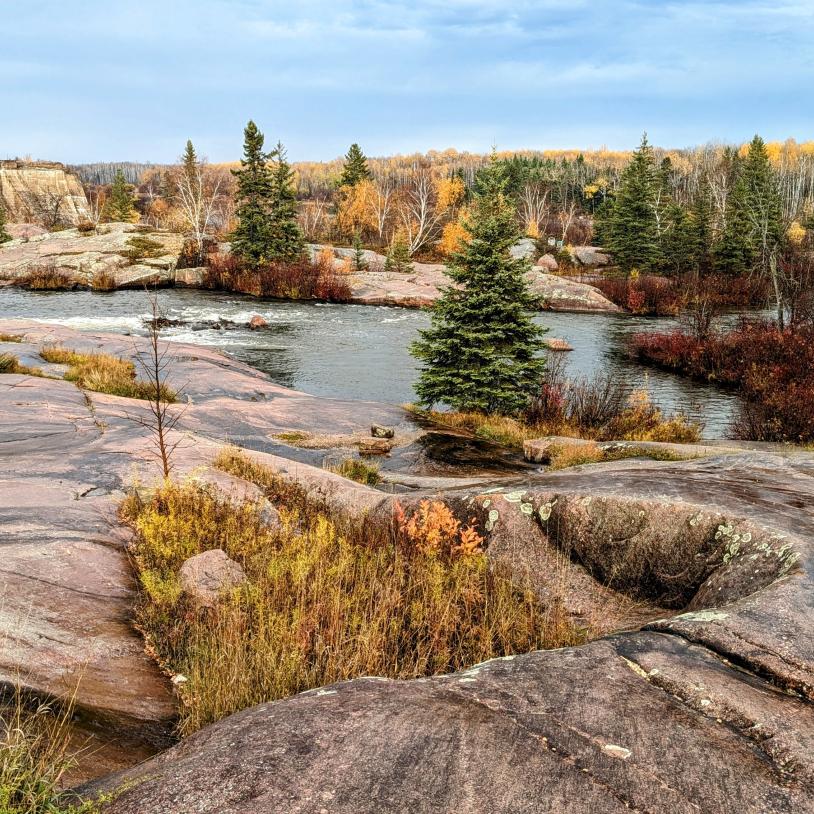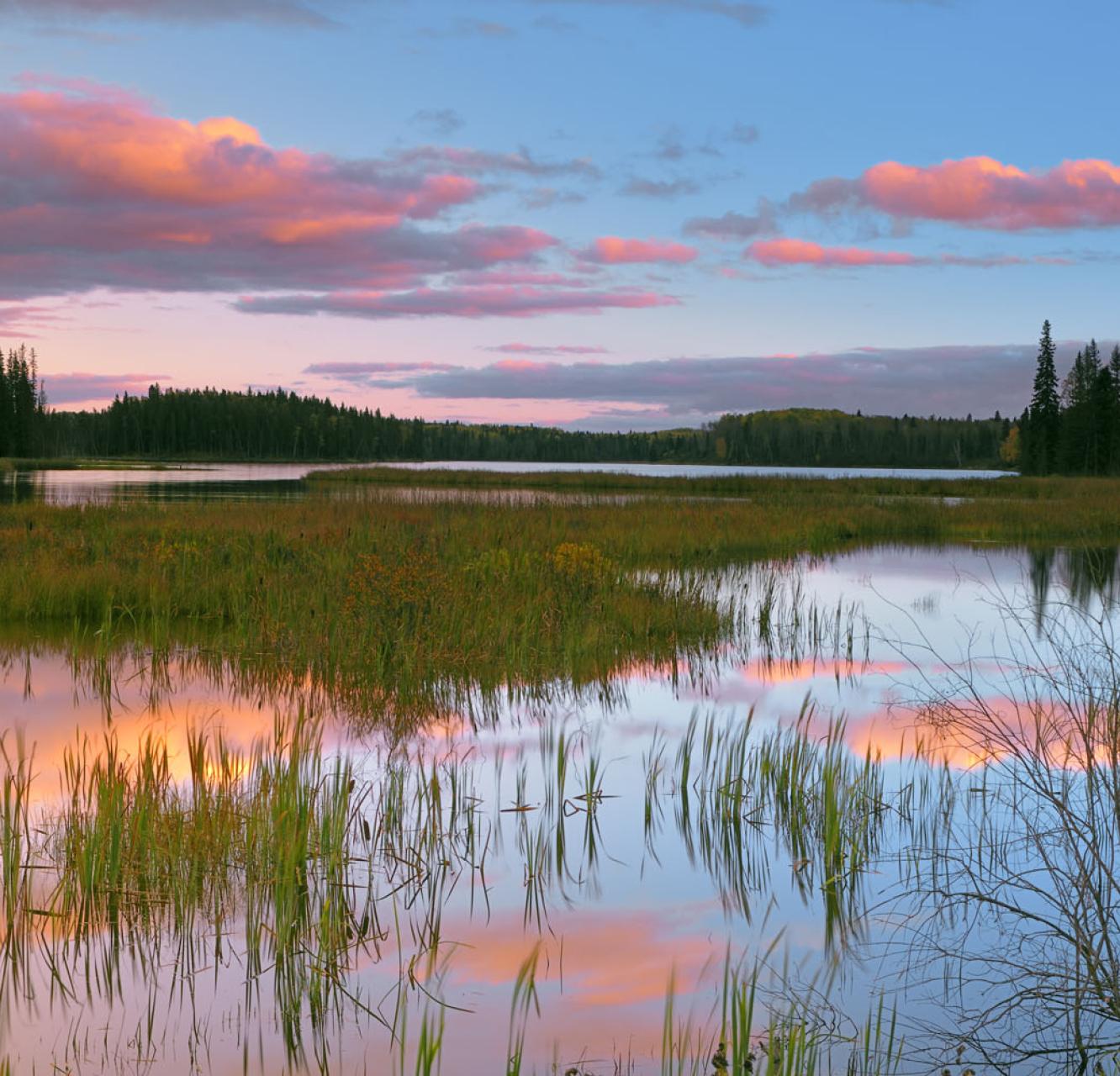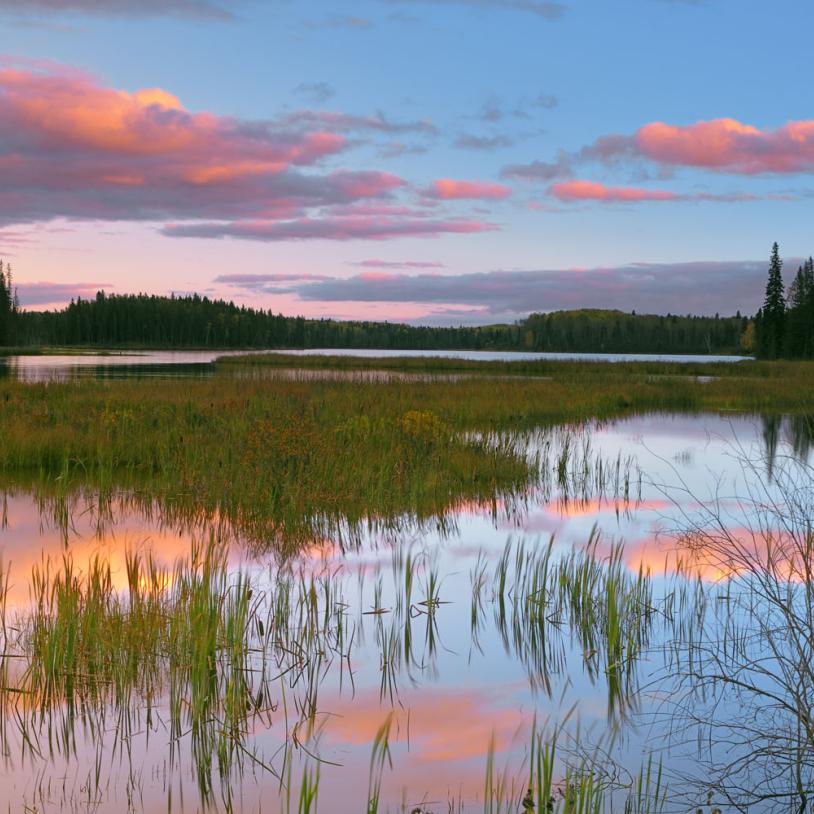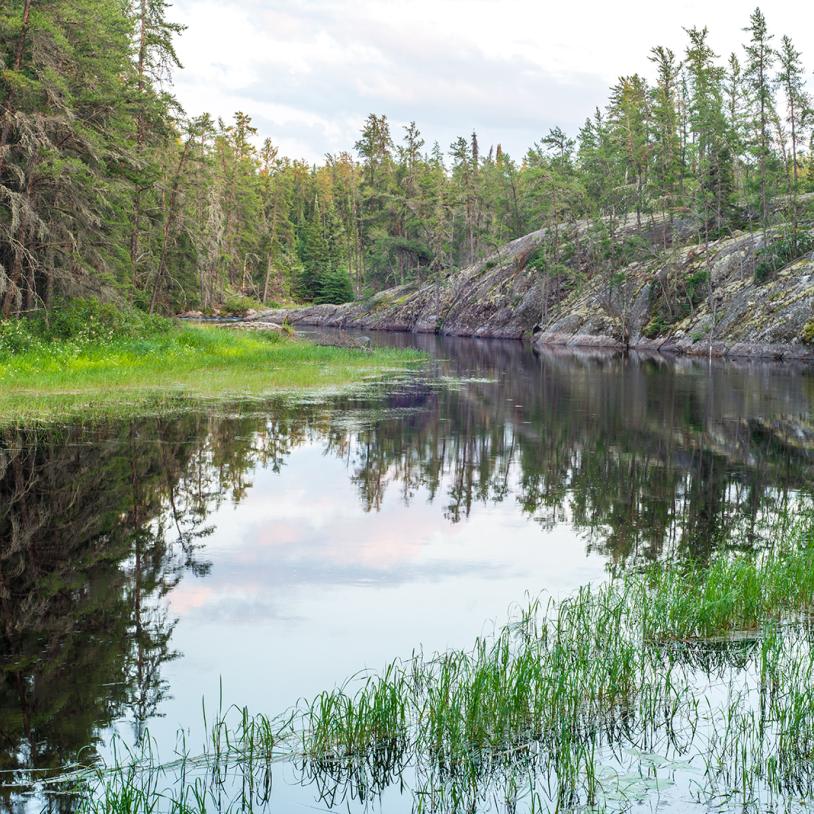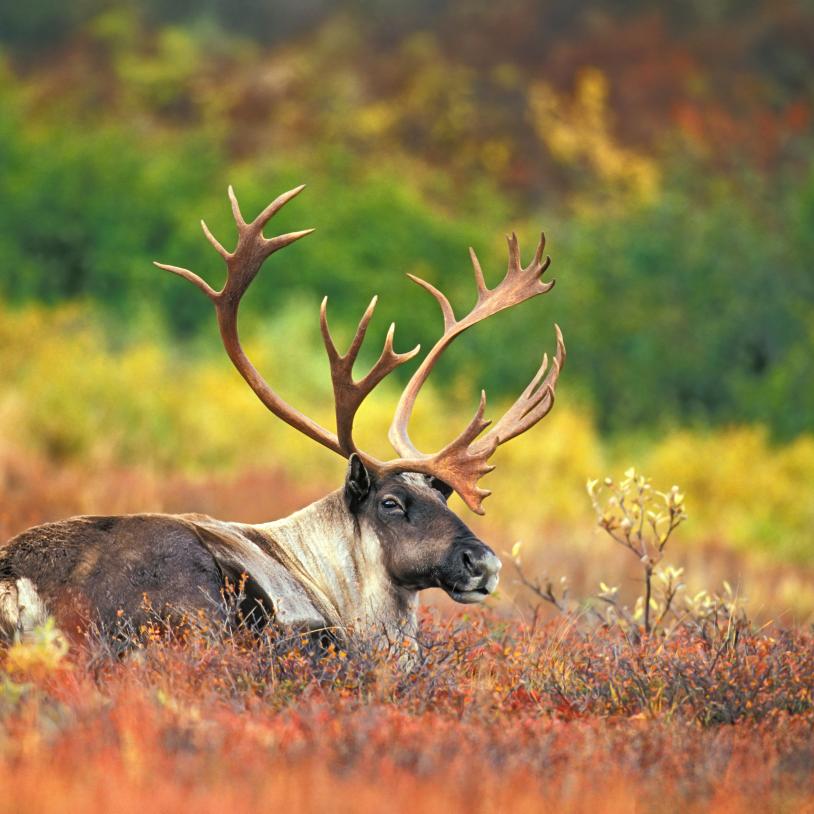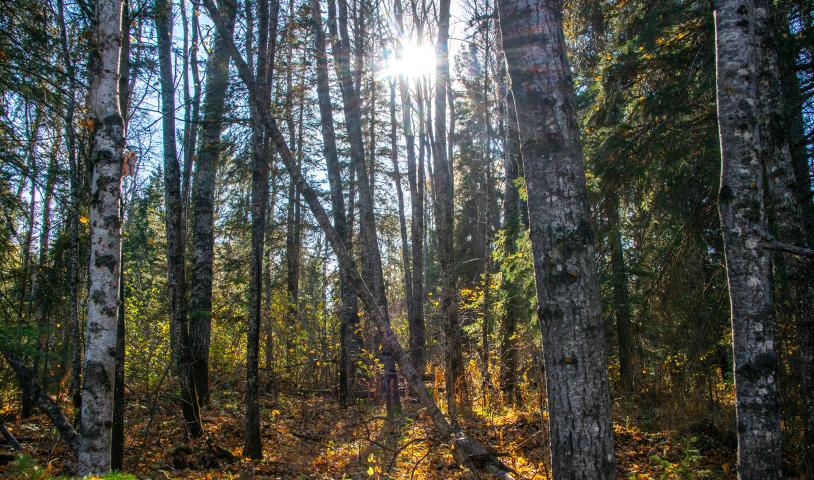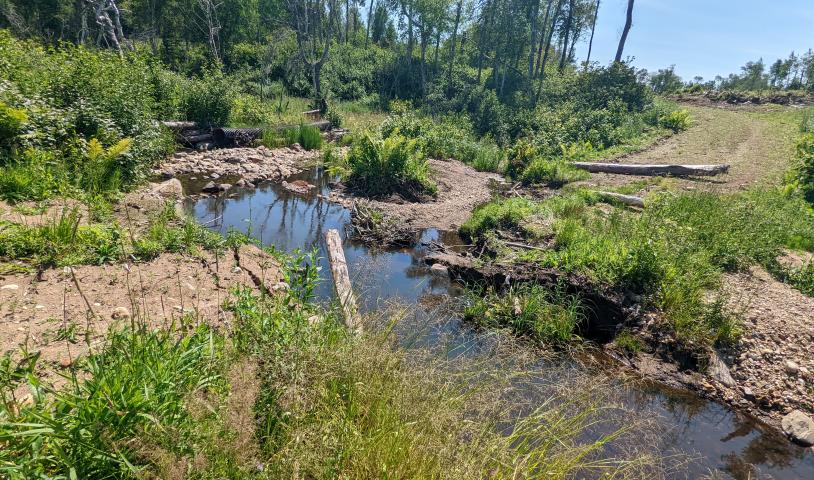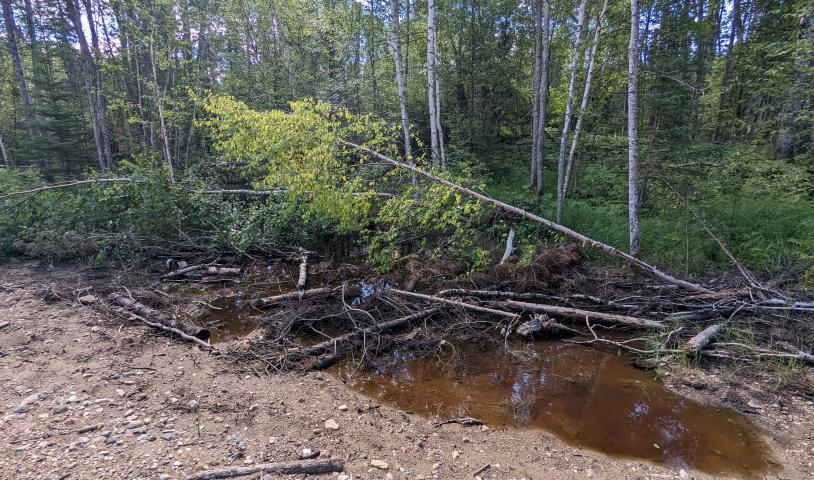Adventures in woodland caribou country
Friday, August 17, 2012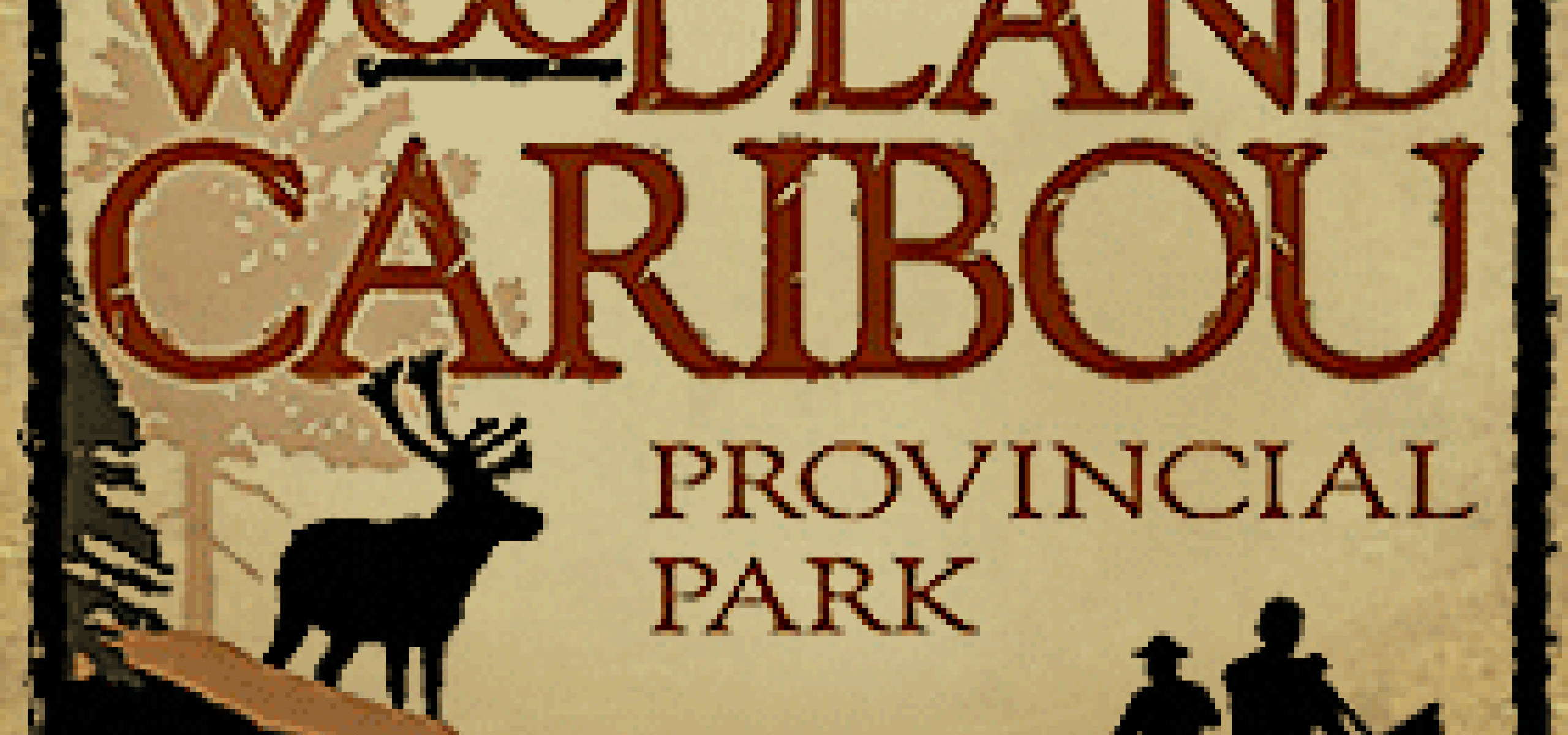
For the last 35 years, members of my family have ventured into a world that is more frequently populated by caribou than people. Woodland Caribou Provincial Park has provided the habitat that appears to be responsible for the resurgence of the caribou population. Sightings of the elusive animals are becoming more common.
The park lies in Ontario, on the border of Manitoba, just a few hundred kilometres north of the Whiteshell and due east of Wallace Lake. It is a traditional hunting area for the Ojibway people, and protects more than 450,000 hectares of pristine wilderness. Permits for backwoods camping can be obtained online from park staff at their Red Lake office.
Although the park is usually accessed from the Ontario side, high water had made the mighty Wanipigow River navigable. A mere eight hours of canoeing and portaging will get you to higher shield country and the start of a magnificent wilderness area.
It is there that the blueberries are plentiful and fish becomes a dietary staple.

This year we embarked on a rite-of-manhood tour for my 15-year-old son and a friend. Along with my seasoned canoe partner, we challenged the boys to carry the 40-kilogram aluminum canoe over their heads for distances of up to one kilometre. We senior members of the expedition with our experience and technique wound up with the boats for the lion's share of the time, but the young men made several valiant efforts.
The spoils at the end of the day were worth the trials of the trail. At a certain point around 20 kilometres into the trip, the water becomes deeper and clearer, marking the habitat of the lake trout, a most delicious addition to any campfire wok.
Although fish are traditionally tough to catch in the summer because they dive to cooler rock shelves deep beneath the surface, a shiny lure and a reel full of line will easily entice a three- to four-pounder. This year we met with success trolling a large silver spoon with a blue stripe behind the canoe.
Established campsites occur on islands along the way and are often located adjacent to caribou migration routes. Close to our first site we found vertebrae and antlers. Scat along the portages revealed that as the caribou population has revived, so has the wolf population.
For the first time in decades our expedition was fortunate to report three sightings of caribou in the vicinity of Bulging Lake. Considering that on average we see one every two or three years, three sightings are tantamount to hitting nature's jackpot.
Woodland caribou are fascinating to watch. They swim from island to shore over long distances with the most spindly legs. All three appeared to be yearlings and had not yet developed a set of magnificent antlers so iconic of their species.
Bugs? Yes, there were ankle-biters in the canoe during hot spells and mosquitoes at dawn and dusk. We were in the tent by 10 p.m. and up early for "cowboy coffee" made with a swing of the kettle to settle the grinds. Breezes on the lake were welcome, and although there were a couple of swarmy portages, bugs were but a minor distraction.
The peace and solitude one experiences on such a trip is invigorating; the electronics that lead us around by the nose each day don't connect in these parts. The young adventurers were reminded that in case of a major cut or broken limb, a hospital was three days away.
Ontario has made a commitment to this population of caribou and the sanctuary they inhabit. The woodland caribou is a threatened species, according to the Status of Endangered Wildlife in Canada. The resident population is between 2,000 and 2,500 in Manitoba.
The vulnerability of the species is directly related to their loss of habitat. As Nopiming and Atikaki parks continue to be subject to logging and mining and the east side of Lake Winnipeg is thrown open to the development that comes with road building, we have to ask, are we doing enough to protect Manitoba's caribou?
Dave Taylor teaches in the faculty of education at the University of Manitoba and is an avid canoeist.
